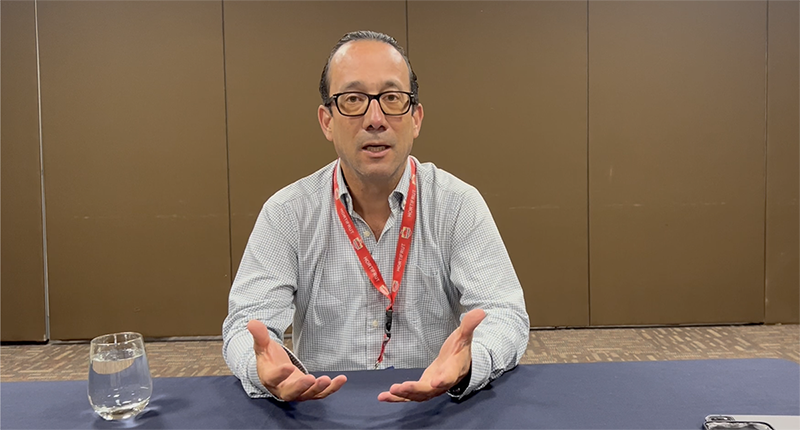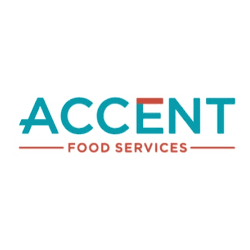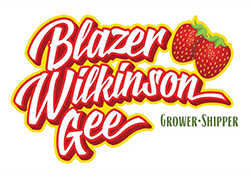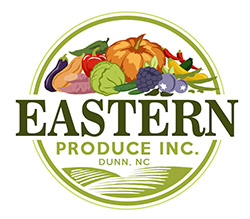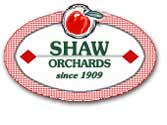GUADALAJARA, Mexico — Berry innovation was on full display at the recent Aneberries trade fair, where Hortifrut CEO Hector Lujan sat down with The Packer to share the vertically integrated company’s vision for the future of the category.
Founded in Chile, the global berry company operates its own commercial platforms as well as partnerships with U.S. growers including Naturipe, Michigan Blueberry Growers and Munger Farms. Globally, Hortifrut has a presence in India, China, North America, Latin America, Europe and Africa.
What role does innovation play at Hortifrut?
Lujan: It’s huge. Innovation is in our core values. We try to be a very innovative company that is always looking to challenge the status quo, but also reinvent ourselves in terms of how we farm, how we take product to market, and how we inform and bring people closer to our company.
We also expect a high level of execution. Innovation comes with the ability to bring it forward. So, we try to merge that in our culture, and hopefully it shows up. We also find that innovation generates a lot of really strong energy and excitement within the company that helps move us forward. And that’s been a testament to Hortifrut throughout its history.
How important are genetics to the future of blueberries and your company’s future?
Hortifrut has been a strong blueberry company, but we’re getting stronger in all the berry categories, and genetics are at the forefront of that. If you look at what’s transpired in the berry industry over the last 10 years, it’s really been driven by the genetic improvements, farming improvements, go-to-market improvements — but genetics are also at the forefront of creating a better eating experience with consumers and moving our products forward.
We are very engaged with our own genetics, but we’re also tapping into and looking to partner with different genetic houses to bring the best genetics to our farming. We invest in genetics on our own. We’re vertically integrated that way, but we’re also strategically partnering with other genetic houses, because we want to bring the best genetics to the table and products being represented under the Hortifrut, Naturipe labels.
What advancements are you seeing in the berry category and how is technology accelerating the pace of change?
Everybody’s innovating. And AI (artificial intelligence) has made leveraging information faster, but also much more constructive in terms of making changes and analyzing data for better decision making. AI is bringing a lot of really good tools that we can use as we build our databases.
Everybody you talk to in the industry is asking how much data is there in the community? How are you bringing that data together to empower your organization, be it with improved farming practices, better decision making, logistics, and even in genetics AI is becoming huge in terms of reading the recommendations of crossings. So, it’s playing a huge role.
There are other improvements in technology that are coming through in how we farm and automate harvesting or assisted harvesting. I think the most pronounced advancements have been through assisted harvesting, tools that allow for the harvester to be more productive.
At Fruit Attraction 2024 in Madrid, Hortifrut launched BerryReality, a virtual reality project designed to transform the way the industry and consumers connect with the company’s growing experience, innovation and sustainability practices. Is that helping to share Hortifrut’s story?
What you witnessed was our virtual reality tour that we’re trying to engage now and also use it to bring people closer to our company. We’re consistently trying to advance that forward, to have — even with AI — a conversation with people that brings them to a farm experience. We like to innovate in the marketplace. And we like to innovate in our farms.
Berry sales continue to boom in the U.S. Dollar sales for the berry category were over $12.5 billion, according to Circana OmniMarket Integrated Fresh retail data for the 52-week period ending June 15, 2025, up 7.5% over a year ago. What’s driving demand?
The competitive landscape in the berry industry has gotten tighter and tighter. And I think it’s stronger. Where the berry industry is growing because of the flavor profiles and the improvements in genetics, but it’s consumer demand for [a high-level] eating experience that’s really driving that growth. So, I think companies now are much more keen to ask, ‘How can we add value together with our customers, our retailers, and drive opportunity for the farmers through better eating experiences?’
And what we’re seeing is better genetics in every single berry category — in raspberries, blackberries, blueberries and strawberries — which is creating a much more competitive environment, but it’s also really good for the consumer because the eating experience keeps getting better and better, and that’s driving opportunity, growth and demand in the berry category.
The other factor driving sales is berries are getting discovered worldwide. What we’re seeing is that because of the health benefits of berries coupled with the eating experience, emerging markets are becoming huge opportunities. The world is eager to get berries into their stomachs. So, our share of stomach is growing worldwide.
A Fruit Logistica in Berlin earlier this year, Hortifrut sampled blueberries on the vine. When will you bring them to market and will they be available in the U.S.?
They’re available seasonally, because it’s certain varieties that we can harvest on the vine that need to mature evenly. So, it’s not a product that we have year-round. We have it in Europe right now. Actually, last week we started shipping the first berries on the vine into the Nordics, and it has been a great success.
It’s been a very rewarding experience. We’re seeing an even better shelf life with the berries on the vine, and people are excited to get them. So, it’s a novelty. It’s not something that we have done yet on a very big scale, but it’s something that is exciting for us — part of our innovation, part of our working with retailers to offer them something that’s unique and brings a differential to them. It also gets more people engaged with blueberries and is bringing new customers to the category.
As far as bringing blueberries on the vine to the United States, we’ve started those conversations and I’d say we’re in the ground stages of looking at how to enter that market.
Your next read:

